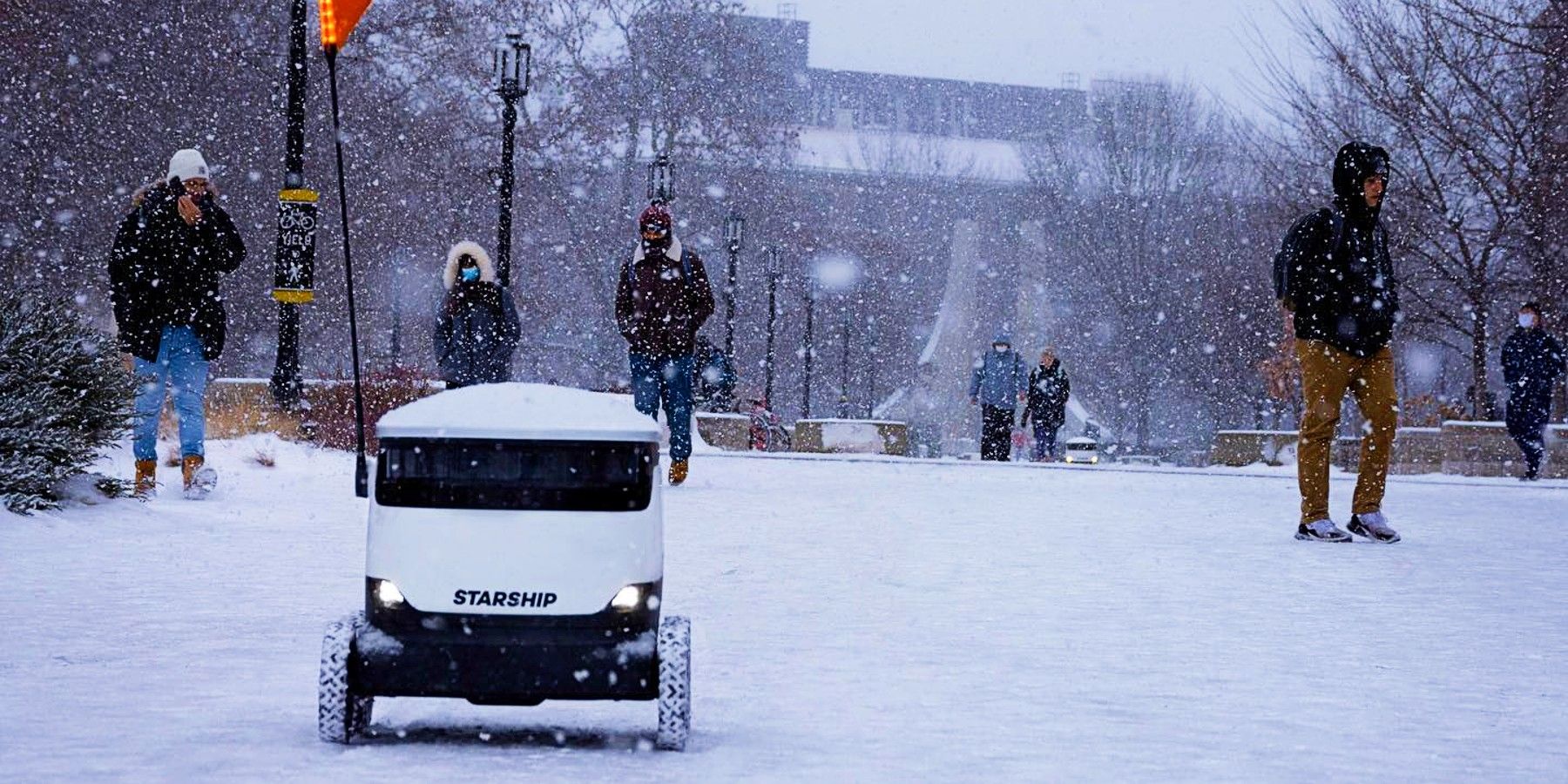With more than three million deliveries already made, this small robot overpowers any delivery company, including Google's Wing. Drone delivery has taken off in the past months. The pandemic accelerated the technology that has been in the making for years.
Most drone delivery projects are complex systems that combine airborne drone technology with navigation software. Flying drones usually requires unique landing and take-off infrastructure. They have also faced criticism for affecting wildlife, especially birds, and the environment by generating noise. Furthermore, professional drones in the U.S. require Federal Aviation Administration (FAA) approval, but the agency has been slow and cautious and has not shown full support.
With no need for FAA approvals, no fancy tech to do vertical lift-offs, and no need for constant pilot supervision, the small robot of Starship Technology is now the global leader of autonomous delivery. The company just received a new round of funding and has $100 million to expand its already large fleet of robots. Today 1,700 of these tiny robots roll relentlessly through colleges, factories and city streets, taking on about 10,000 deliveries every day.
The Small Bot Can Really Drive
They say simplicity is the key for innovative technology to become mainstream and a big success. This small robot is, in fact, simple, but it sure can drive. Rain, snow, streets, cars, sidewalks, pedestrians, cyclers, it has seen it all and done it all. With a speed of four miles per hour, a weight of no more than 100 pounds, and smaller than a dog, the tiny robot has conquered hearts and taken over more than 100 cities in 20 countries around the globe.
Starship Technology says they will use the new funds to explore new robotic designs. They want to apply its experience and success to the larger package and longer-range delivery sector. Their zero-emission, fully electric robots provided a safe, fast, friendly and timely alternative as consumer trends shifted and users increased online purchase habits in a post COVID world.
Starship Technology services are now cheaper than the human equivalent for the same delivery. The robot uses computer vision and GPS for location and navigation. It also detects and avoids obstacles using software that creates a 'situational awareness bubble' around it. Equipped with 12 cameras, ultrasonic sensors, radar, neural networks, and other technology, it can safely journey cold or hot packages. As the company expands to new cities, the delivery and logistic sector can learn a lot from this small robot. Simplicity and friendly design can go the extra mile.
Source: Starship Technology/Press


